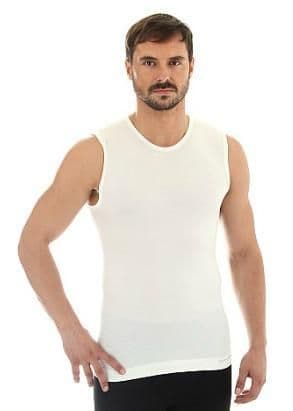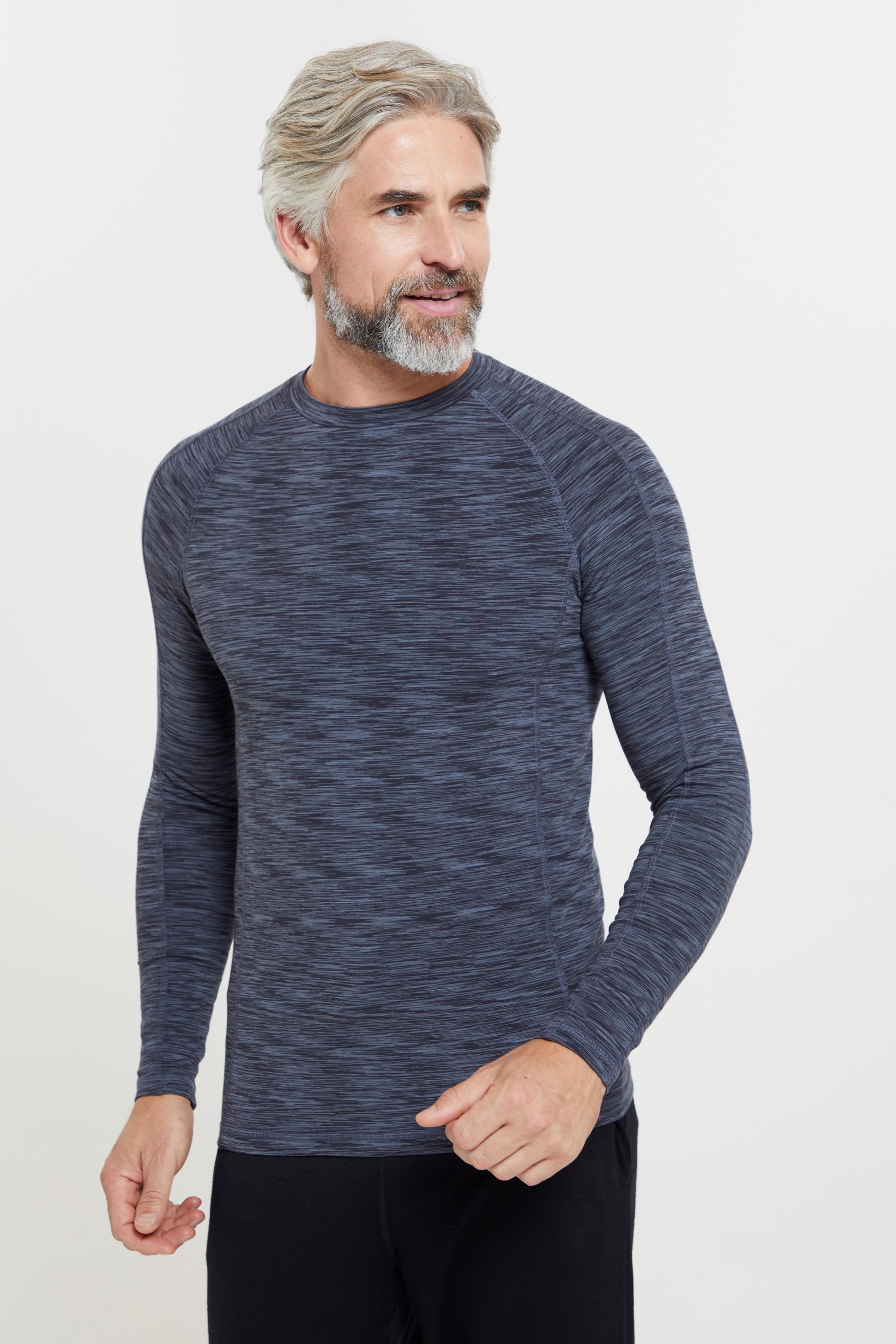Recommended Merino Wool Base Layers Guide
Wiki Article
What Makes Yak Merino Base Layers So Efficient For Winter Sport Clothing With Regards To Natural Fiber Benefits And Environmental Sustainability?
Natural fibers are an excellent choice for base layers in winter sports clothing, not only for their performance but also their environmental sustainability.
Both yak wool and merino fleece are made from natural fibers derived from animals. They are renewable resources that can be harvested sustainably without harming the animals. They biodegrade, which means they do not harm the environment.
Low Environmental Impact
Natural fibers generally have a lower environmental impact as compared to synthetic materials. The harvesting and cultivation of wool involves fewer chemicals and less non-renewable materials as compared to synthetic fibers.
Energy Efficiency
Wool fibers consume less energy than synthetic fibers such as nylon or polyester. The energy required for the production process of natural wool is generally less, which results in lower carbon emissions.
Reduced Microplastics Pollution
Natural wool fibers don't pollute water bodies with microplastics like synthetic fibers.
Recyclability, Longevity and Durability
Yak merino clothes can last many years, and are extremely durable. In addition, wool fibers can be recycled or repurposed to reduce the amount of waste and impact on the environment.
Sustainable Practices
Wool producers and manufacturers adhere to sustainable, ethical practices. They adhere to animal welfare, management of land that is responsible and fair working conditions for laborers involved in the production chain.
Environmental Certification-
The Responsible Wool Standard, or the Global Organic Textile Standard, (GOTS), are both certifications of environmentally and ethically conscious practices in wool production. These standards provide consumers with a level of assurance on sustainable practices.
In general, base layers made of yak wool merino have a minimal impact on the environment. They are made from renewable resources and adhere to the highest standards of sustainability and ethical conduct throughout their supply chain. By choosing natural fibers such as yak merino for winter sports apparel and accessories, you're promoting the environment and sustainable consumption practices. Read the best merino wool base layer url for site advice including best mid layer skiing, ski thermal underwear, merino ninja suit, merino wool underwear womens, merino wool base layer clearance, mens wool long johns, smartwool classic thermal merino quarter zip base layer top women's, paradox merino blend, best ski underlayers, skiing base layers and more.

What Are The Benefits Of Bamboo Clothing In Terms Of Softness, Antibacterial Properties Durability, And Renewable?
Bamboo clothing has many benefits that include softness. Antibacterial properties. Durability. and renewability.
Bamboo fabric is famous for its silky texture and lavish feeling. It's often compared to silk, or other luxury materials like cashmere. It feels soft and soft on the skin and offers the most comfortable wear.
Antibacterial Properties
Bamboo is a natural material with antimicrobial characteristics. Bamboo contains an antimicrobial substance known as "bamboo Kun." This property blocks the growth of fungi and bacteria that produce odors on fabric. It helps to keep it fresher longer and lessens the requirement to clean the fabric often.
Durability-
Strength - Despite their softness, bamboo fibres can be sturdy and robust. Bamboo clothing can withstand regular wear and tear making it suitable for many activities without compromising its quality.
Renewability-
Rapid growth - Bamboo is an extremely renewable resource which grows quickly, without fertilisers or pesticides. It can mature within two or three years, allowing for the sustainable harvest and lessening environmental impact.
Sustainability-
The production of bamboo is eco-friendly. and cultivation has less environmental impacts as compared to synthetic materials. Bamboo's rapid development, low water requirements and capacity to grow in different climates makes it a renewable material.
Biodegradability-
Natural breakdown- Bamboo clothing is naturally decomposed when it reaches the point of no return in its lifespan. This reduces the amount of non-biodegradable materials in landfills.
Hypoallergenic Qualities
Reduced Skin Irritation - Bamboo fabric causes less skin irritation than synthetic materials. It is therefore the best choice for those who have sensitive skin.
The combination of its softness and antibacterial qualities, along with resilience, renewalability and sustainability make bamboo clothing an appealing option for those looking for comfortable, functional and eco-friendly clothing. These qualities create a pleasant and eco-friendly experience. Have a look at the top rated https://www.koraoutdoor.com/collections/bamboo/ for more tips including bamboo brand jeans, jacket bamboo, t shirts bamboo, bamboo mens shirts, bamboo ave shorts, bamboo shirts wholesale, bamboo tank tops, bamboo brand jeans, mens boxer shorts bamboo, ladies bamboo pants and more.

How Does Merino And Bamboo Clothing Compare With Wool In Terms Of Texture, Warmth And Moisture Absorption?
The texture is the primary factor to consider when comparing the merino garments to traditional wool and bamboo clothing.
Merino Wool Merino Wool has more fine fibers and is soft than wool that is more traditional. It's often considered more comfortable against skin.
Bamboo Clothing - Bamboo fabric has a silky smooth texture, which is frequently compared with luxurious materials such as silk or cashmere. It is soft, allowing for a comfortable wear.
Traditional Wool The texture of traditional wool could differ. Some types are coarser and cause more itching than bamboo clothing or merino clothing.
Warmth-
MerinoMerino Merino is a warm and comfortable material due to its insulating qualities. It holds warmth even when damp and is a great insulation choice during colder weather.
Bamboo Clothing offers warmth but may not have the same level of insulation as Merino wool. It regulates body's temperature, and also provides comfort under various conditions.
Traditional Wool - Similar to the merino wool, traditional wool is warm and is insulating. It is heavier and bulkier than merino wool or bamboo clothing.
Moisture Absorption-
Merino Wool Merino Wool is a natural fiber that has outstanding moisture-wicking abilities. It pulls moisture away from the skin, and lets it evaporate. It is warm when wet.
Bamboo Clothing- Bamboo fabric is also able to wick moisture away, drawing moisture away from the skin, and providing the comfort needed during physical activity. It is able to regulate humidity and keeps wearers dry.
Traditional Wool: While wool is able to absorb moisture but it doesn't have the same wicking ability like bamboo and merino fabrics. If wet, certain types of wool can feel heavy and damp.
Merino wool is renowned for its softness, warmth and moisture-wicking abilities. Bamboo clothing provides a silky and smooth texture, sufficient warmth, and excellent moisture regulation. Traditional wool could have distinct texture, offer warmth and moisture absorption, however, they feel coarser or heavier when compared to the bamboo or merino clothes. Each material has unique properties that cater to different clothing preferences and requirements. Check out the best merino winter clothing for more info including ski underwear, hh lifa merino, wool thermal underwear, ll bean merino wool base layer, best ski underlayers, mens wool long johns, womens icebreaker base layer, smartwool base layer sale, long john merino, wool long johns women's and more.
